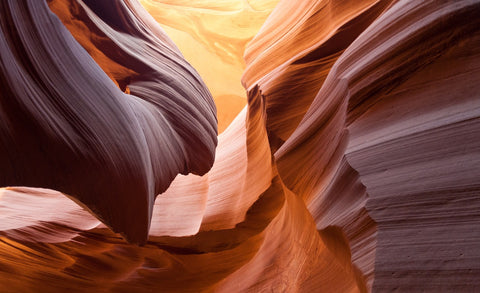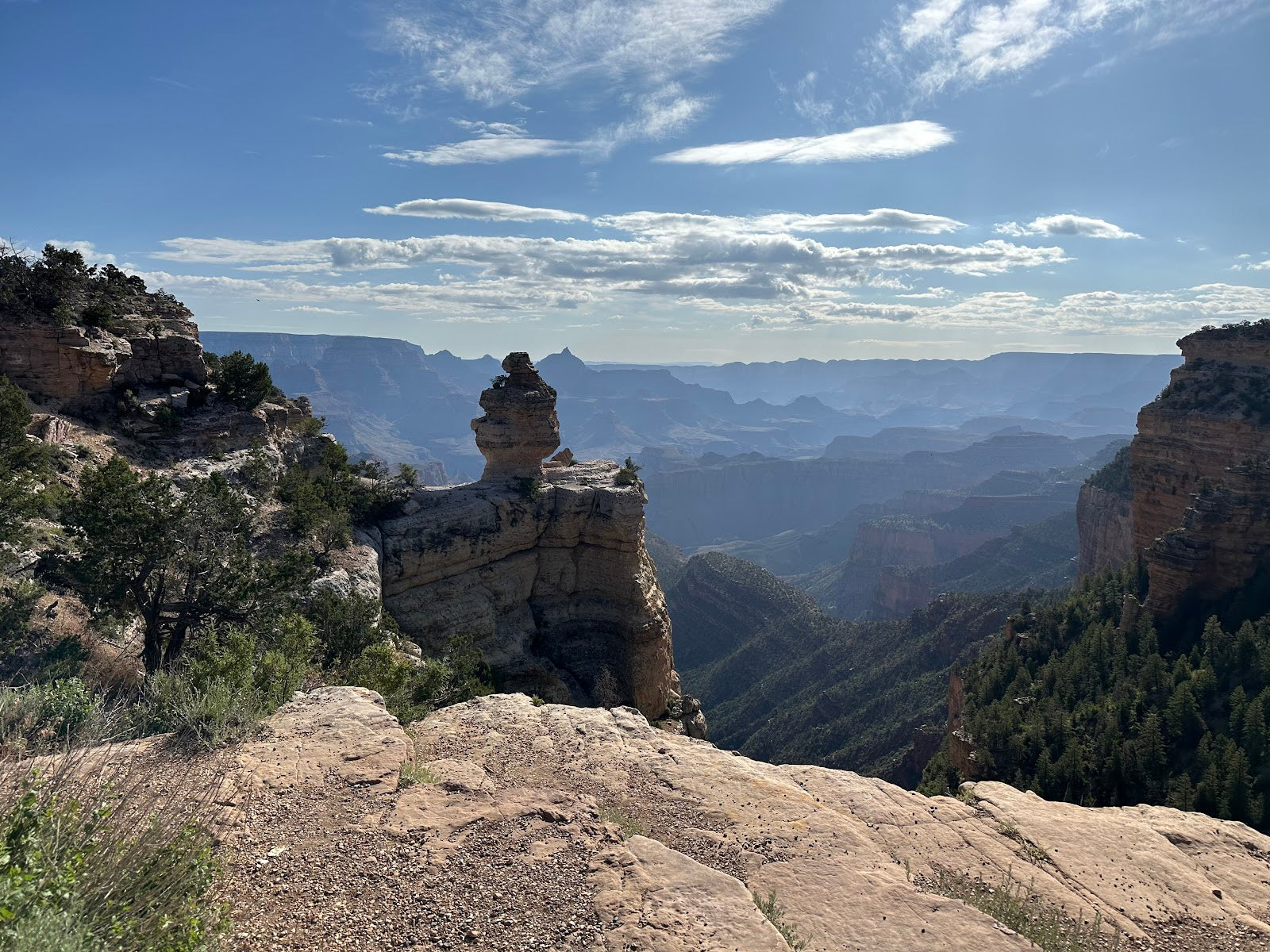Have you ever wondered what it’s like to stand above or within a canyon that’s 277 miles long, 18 miles wide, and over a mile deep? Well, at Grand Canyon National Park you can experience that and more. Bigger than the state of Rhode Island, the Grand Canyon offers four different sections you can discover. Explore its sandstone and mudstone sculptures, sedimentary and igneous rocks, and unique wildlife, such as coyotes, mule deer, and snakes. What’s more, the Grand Canyon has a small town in the Havasu Canyon, Supai Village, which is the most remote community in the United States. Here’s everything you need to know about visiting the Grand Canyon in Arizona.
Know Before You Go
Grand Canyon is the second most visited national park in the United States. To avoid the crowds, get there early. In addition, be sure to drink plenty of water and bring sunscreen while exploring the canyon. All visitors are required to have an entrance pass to get into the park.
There are only four parking lots in the South Rim, the most popular section to visit, and only Lot 1 offers RV parking. If you plan on visiting the South Rim, take advantage of the free shuttle bus that goes from Hermits Rest to Yaki Point. Because it takes a few hours to drive from the North Rim of the canyon to the South Rim, we recommend picking one part of the park to visit per day.
Different Ways to Explore the Grand Canyon
South Rim

The South Rim is the most popular spot in the park and therefore offers more lodging, a free shuttle, and family-friendly activities. It’s open year round and is easy to access from the towns of Flagstaff, Sedona, and Phoenix. While here, stop at one of the many viewpoints, such as Desert View Point off of Desert View Drive. You can also bike the 7-mile Hermit Road, ride a mule, or hike the 3.1-mile South Kaibab Trail to Cedar Ridge. This trail goes down into the canyon, offers amazing views, and is accessible for mules and horses, which you may see while exploring. This trail goes down and back up, so be prepared for a climb at the end of your hike.
North Rim

The North Rim is higher in elevation than the South Rim, meaning it receives colder temperatures and heavy snowfall in the winter. Therefore, it is only open from mid-May to mid-October. For those who aspire for epic adventures, the Rim-to-Rim Hike is a common goal for hiking and backpacking enthusiasts. It’s a 24-mile, strenuous trail that goes from North Kaibab Trail to Bright Angel Trails (North to South) or South Kaibab to North Kaibab Trails (South to North). It’s surely a once-in-a-lifetime experience. In addition, drive Cape Royal Road, visit the Grand Canyon Lodge, or hike Bright Angel Point Trail.
Grand Canyon West

If you want to avoid the crowds, consider planning your trip at Grand Canyon West. This area is special for the Hualapai Tribe, who are known as the “people of the tall pines”. Immerse yourself in their culture by looking out at Eagle Point, a rock formation that’s shaped like an eagle and sits on a Hualapai Reservation. You can also check out The Skywalk, which includes one of the biggest glass bridges in the world at 10-feet wide and 70-feet long. The Skywalk provides incredible views of the east rim and 4,000-foot drops below.
Grand Canyon East

Grand Canyon East is easy to get to from the South Rim, so it’s worth stopping here if you plan on visiting the South Rim on your trip. Grand Canyon East is not considered a tourist area, meaning it’s a much more intimate experience. It’s where Antelope Canyon is, a narrow canyon with both upper and lower sections that are accessible via a guided tour. In addition, hiking 1.5 miles to see the Horseshoe Bend, which is part of the Glen Boulder National Recreation Area, is a must!
Where to Stay
If you’d like to stay at one of the campgrounds inside of the park, you can book your reservation up to six months in advance at recreation.gov or nps.gov, which we suggest you do because of how popular this national park is. The South Rim and North Rim both offer campgrounds to stay at.
South Rim
- Mather Campground is open year round – no hookups
- Trail Village RV Park is open year round – full hookups available
- Desert View Campground is seasonal – no hookups
North Rim
- North Rim Campground is seasonal – no hookups
- Demotte Campground is seasonal – no hookups
- Jacob Lake Recreation Area is seasonal – no hookups
- Kaibab Camper Village is open year round – full hookups available
The west coast offers so many different national parks to explore, and adding the Grand Canyon to your itinerary is a must. There aren’t many other places like it in the world. Once you look into the wide open space surrounded by unique rock formations, you’ll be glad you made the effort to be there. In addition to Grand Canyon National Park, there are so many other bucket list destinations you can explore in 2024.
See you on the road!



Share:
How to Make Your RV Feel More Spacious During the Holidays
Year-End RV Maintenance Checklist